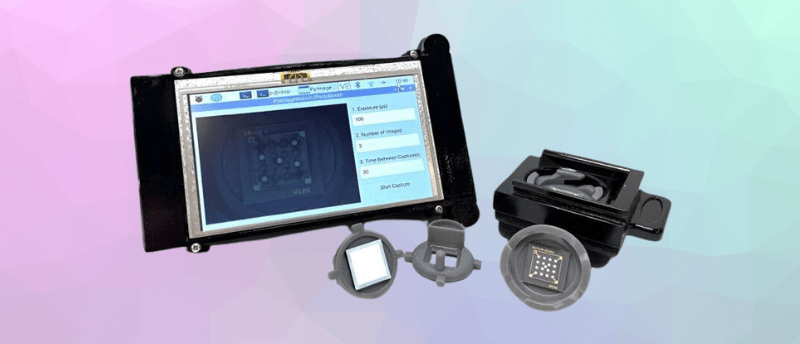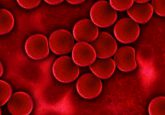15-minute heart attack detection: UCLA’s breakthrough paper-based test

With the ability to provide cardiac diagnostics in 15 minutes, a team from the University of California, Los Angeles (UCLA; CA, USA) has developed a paper-based vertical flow assay (VFA).
As the leading cause of death worldwide, cardiovascular diseases (CVDs) account for 19 million fatalities per year. Detecting CVDs early is essential for reducing this mortality rate and improving patient outcomes, however traditional laboratory-based diagnostic equipment often limits patient access, especially for those in low- and middle-income households.
The team from UCLA has developed a high-sensitivity vertical flow assay (hs-VFA) that matches the precision of traditional laboratory testing with the convenience and affordability of point-of-care technology. The hs-VFA quantifies cardiac troponin I (cTnI) levels, a biomarker commonly used to detect acute myocardial infarction, more often referred to as a heart attack.
The hs-VFA can quantify cTnI in just 15 minutes using a small serum sample, making it a patient-centric sampling method that can be utilized in remote or emergency settings. The team’s findings were published in ACS Publications.
Professor Aydogan Ozcan, senior author of the study and the Volgenau Chair for Engineering Innovation at UCLA described the importance of the device:
“We are excited to introduce this low-cost, portable solution that bridges the gap between central laboratory diagnostics and point-of-care testing. Our paper-based platform, powered by deep learning, offers an effective alternative to the bulky, expensive instruments currently used in hospitals. It holds the promise of bringing advanced cardiac diagnostics to underserved populations globally.”
The hs-VFA works in two stages. The first is an immunoassay phase, which uses gold nanoparticle conjugates to bind to cTnI in the serum. The second is a signal amplification phase, where gold ions are catalyzed by nanoparticles, causing a color change captured by a portable reader. Deep learning algorithms are then employed to analyze these time-lapse images to enhance the sensitivity and accuracy of cTnI detection.
You may also be interested in:
- Paper strip test using CRISPR and SHINE technology has been developed for rapid influenza diagnosis
- Multiplexed paper-based biosensor for point-of-care testing
- When Diagnosing Breast Cancer, a Simple Saliva Test Might do the Trick
The platform can achieve cTnI detection limits as low as 0.2 pg/mL, which exceeds that of current point-of-care devices and meets the clinical requirements for high-sensitivity troponin testing. Additionally, the hs-VFA can detect cTnI concentrations of up to 100 ng/mL, making it a suitable device for monitoring at-risk patients over time.
Aside from it’s detection abilities, the paper-based assay costs <$4 per test, making it effective in expanding access to high-quality diagnostics in low-resource settings.
“Our goal was to design a system that could be used not only in hospitals but also in clinics, pharmacies, and even in ambulances,” explained Gyeo-Re Han, first author of the study and a Postdoctoral Researcher at UCLA. “The ability to rapidly detect and quantify troponin levels in diverse settings could enable faster, more effective treatment of heart attack patients, particularly during the critical prehospital phase of care.”
The UCLA team believes the hs-VFA could be adapted for other critical, low-abundance biomarkers, broadening its potential applications to various areas of medical diagnostics.




